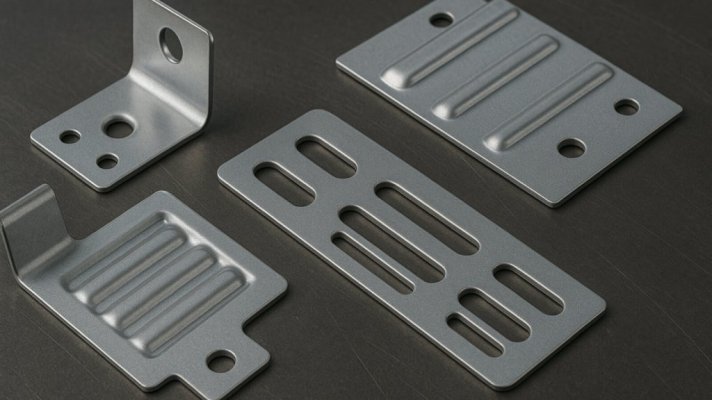While I'm thinking of it - additional detail on how the frames were received and assembled might be helpful.
I should mention that frames were received completely disassembled, that is, individual frame side rails, all the various crossmembers, brackets, rivets, etc were all received loose at the vehicle assembly plant.
The individual rails were placed on a mechanical "pedestal", which fixtured the assembly and moved forward at the designated line rate (70 jobs per hour, in the case of Flint Assembly, in order to support a "Final Line" rate of 60 jobs per hour). Crossmembers were sub assembled off line, allowing the operator of that job to work at his own pace (as long as he could support the line rate). In fact, usually, that particular guy would work like crazy for the first half of the day, building up a huge reserve of parts (normally he was totally engulfed in a sea of black hardware, so that you couldn't even see him back there!), so that he could "coast" the second half of the day, merely having to hang the fully assembled specific crossmember on the feeder overhead conveyor in the correct sequence.
Frames were assembled upside down at this point, so that once the basic "ladder" was formed the individual brackets could be added, then allowing the front and rear suspensions to be set into position. The 2wd front suspension was usually received mostly assembled (that is, the main crossmember, control arms, rotors and brakes already assembled). Rear suspensions were built up in job position, by adding leaf springs and then the rear axle (4wd front suspensions were done similarly). The rear axle was provided via a separate feeder line, having been built up (taking the completed axle housing with gearset and brakes already assembled from the supplier) and adding brake lines, park brake apparatus and shocks, all done in a remote area of the plant. The front suspension unit and drive shaft were provided on this same separate feeder line.
After the front and rear suspensions were in place and torqued the frame was "flipped" into vehicle position using a chain hoist (you'd want to give that operation some space, because the frames dance around a bit once they flip over!). The frames remain in this upright position, suspended from chains, through the rest of the process until the tires were installed immediately before body drop.
I would also add that the brake system was completely assembled and functional during this phase. The brake master cylinder was "slaved", or fixtured, in an approximate vehicle position. An "Evac and Fill"system was used to bleed the brakes, whereby all of the air was sucked out of the completed system and brake fluid allowed to flow into the evacuated space (bleeding, as we are familiar with it, was not required other than in a repair situation). The brakes were then pressure tested for force and displacement, using a small tester attached to the master cylinder, and then stamped as "OK" once the vehicle passed the test.
The engine and transmission (as a unit) were installed in the frame, as well as the radiator/radiator support and cooling system, somewhere along here.
Lastly, immediately before body drop the frame passed through a small spraybooth where the chassis black was applied. In my previous post I consciously avoided the word "paint", because this stuff was not really much of a paint (more like undercoating) and I also chose the word "drizzled" on purpose, because it wasn't really sprayed like you would paint a car, but more hosed casually over the areas that could be easily reached (front control arms, down the side, half the drive shaft, parts of the rear axle, etc).
At this point the tires were installed (that's a whole nuther story) and the completed chassis was placed on the Final Line "flat track", ready to receive the cab and box.
There are pictures of some of these processes, and can be viewed here:
http://www.73-87.com/7387info/Assembly Line.htm
Hope that wasn't TMI -
You must be registered for see images attach



